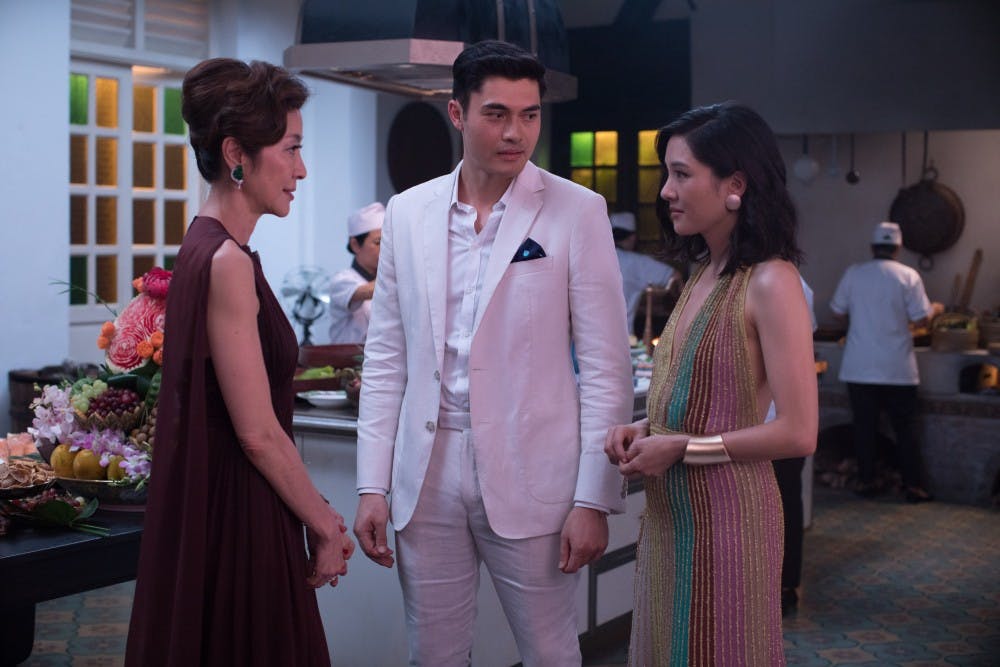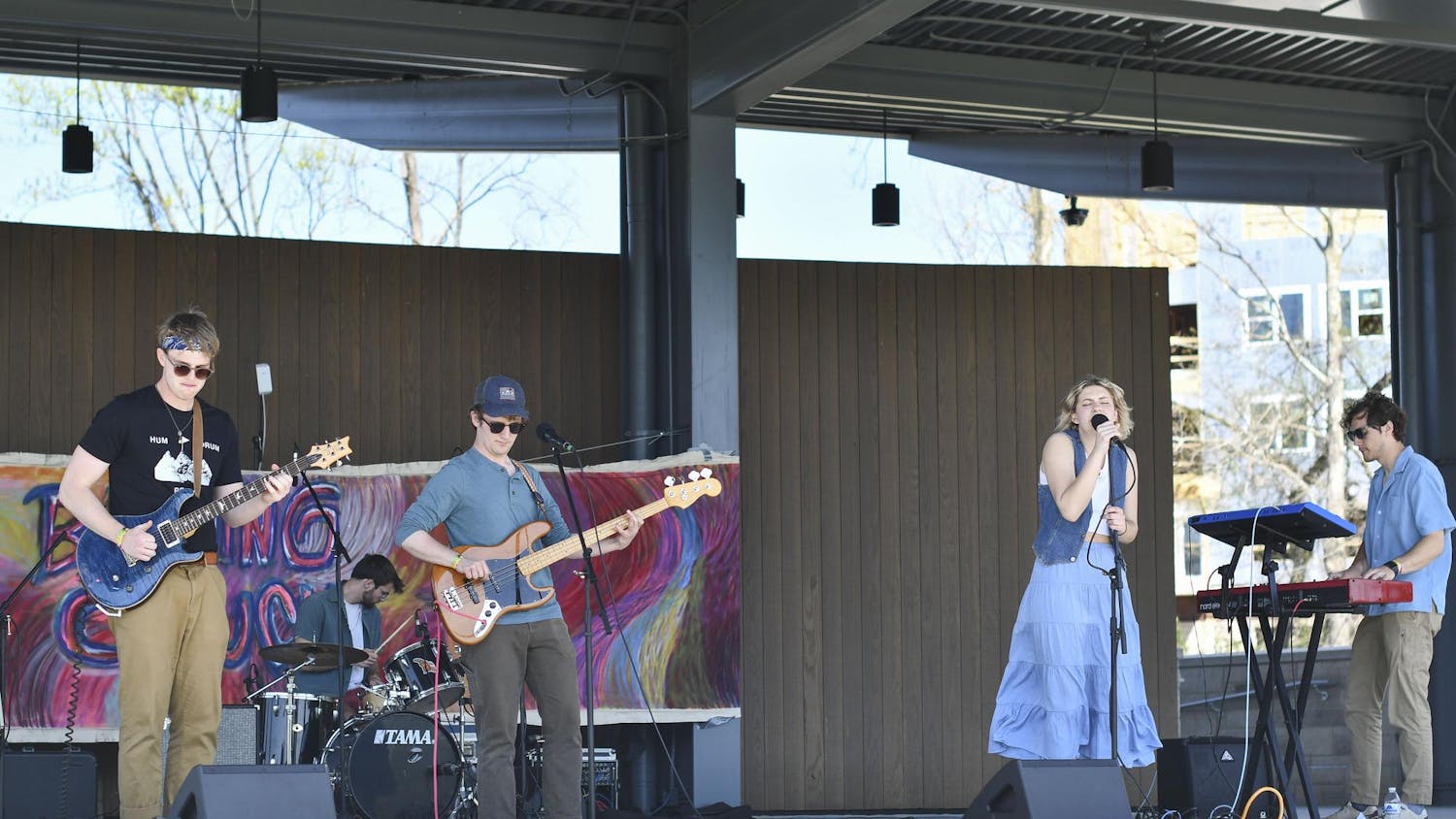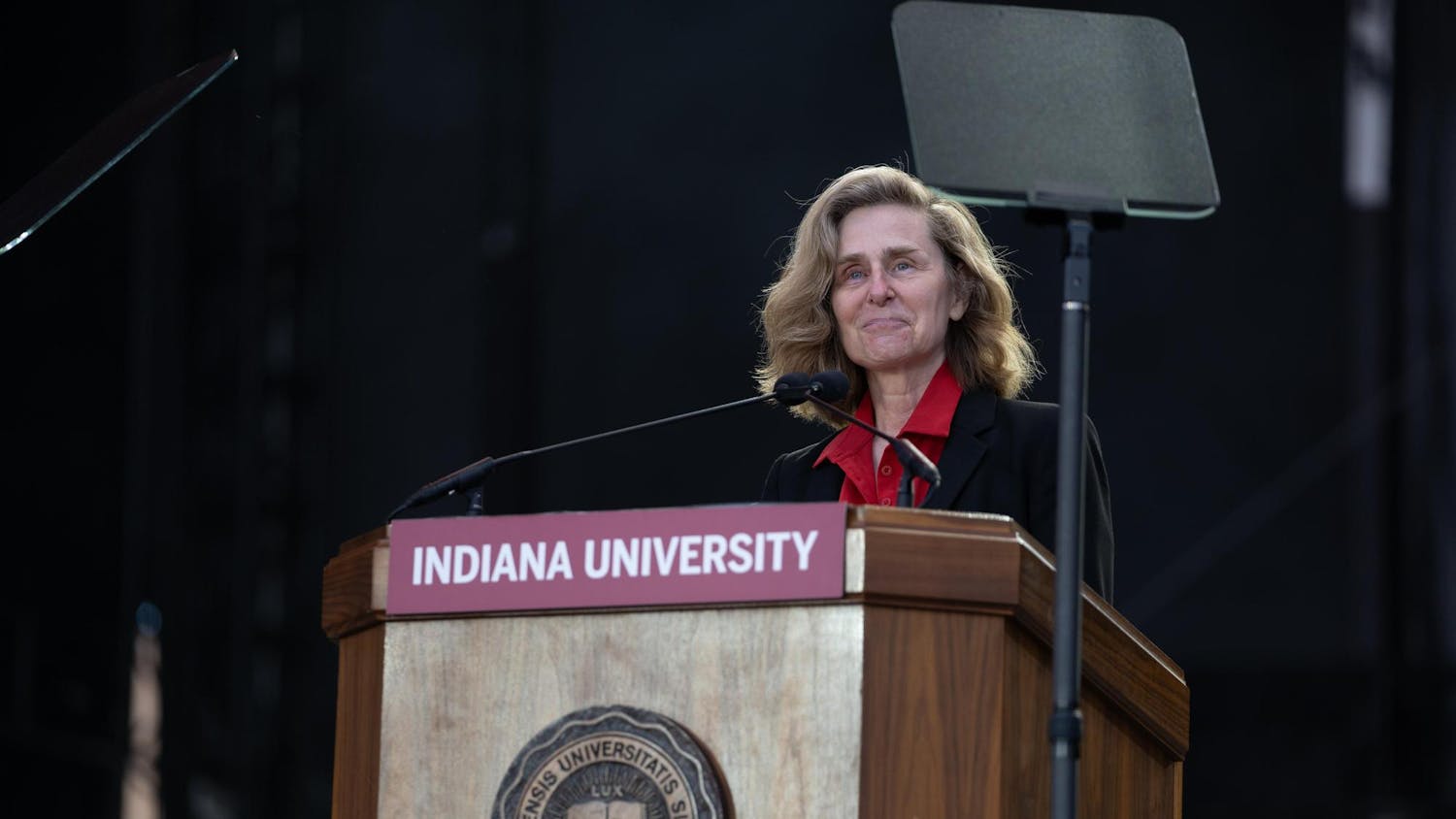I walked into the theater to watch “Crazy Rich Asians” not expecting much for two reasons. One, I’m not that into romantic comedies. And two, I was afraid to be disappointed. But I bought my ticket because it was an important movie for me, my community and society. And I ended up loving it.
I grew up at the “Asian table” in the cafeteria. At those tables, we’d chat about the latest Wong Fu Productions short, NigaHiga skit or KevJumba video. We’d listen to songs by David Choi or Kina Grannis.
These Asian YouTubers were the only opportunities we had to see ourselves on screen, even if those screens were the ones in our laps, not the ones in theaters. But I outgrew that little cranny of YouTube and looked for Asian stories elsewhere. I didn’t find much.
To me, the lack of representation was a sign Asians were too different, too unimportant to represent the U.S.
But as I watched “Crazy Rich Asians” while surrounded by Asian-American friends, I felt like my search for that tightrope between Asian and American was over. And while there is still so much more work to be done, it was a step forward.
The plot isn’t complicated. An Asian-American girl named Rachel falls in love with Nick, a man from old money in Singapore. Rachel fights to win the acceptance of Nick’s scornful, ultra-rich mother. At first glance, it’s a typical poor girl meets rich boy, Cinderella-esque escapist fantasy. But don’t Asians deserve to see themselves in cute rom-coms, too?
For the first time, I saw Asians as more than just the sidekick, the walking stereotype, the butt of jokes — representations that seep into how Asians are viewed beyond the silver screen. Asian-Americans bounded forward with this movie, even with the burden of fixing a system that stereotypes, demonizes and pushes them aside. People who've always been told to be grateful for whatever they get gained an opportunity to take what they deserve.
The process wasn’t easy. Many suggested whitewashing characters, including Rachel, because of course, when a great Asian artist writes a great Asian character, they must be whitewashed.
Not only is “Crazy Rich Asians” a great movie — with 94 percent on Rotten Tomatoes — but it doubled predictions to rake in $35.2 million opening weekend. Since then, it’s shown incredible staying power. It was a triumph, a grand event that brought out people of all races, not just a niche Asian fanbase.
In “Crazy Rich Asians,” I saw moments from the Asian-American experience I’ve always wanted to see on screen. The young people called elders, regardless of if they were family or not, Aunties and Uncles. Rachel’s mother packs Tupperware meals for the airport, and later, family members gather to make dumplings together, sharing memories through food. Native speakers squint at Rachel, trying to decipher her rusty Mandarin, and a grandmother turns Rachel’s face every which way and makes seemingly strange judgments about her “lucky nose.”
Each of these moments brought me back to the excitement, awkwardness and humor of my own trips back to Sri Lanka.
The one scene that made me cry was the mahjong scene. To avoid giving away too much, I’ll only say that Nick’s mother emphasizes the difference between Asians and Asian-Americans. Asian-Americans may look Asian, but their hearts and minds are American, she says. Asian-Americans are not kaki lang or “our kind of people.”
The discussion, just like terms thrown around high school hallways such as "bananas" or "coconuts" — yellow or brown on the outside, white on the inside, illustrates the isolation of Asian-Americans, the feeling that they can never fully belong to either side. It was the first time I’d seen someone acknowledge that feeling on the big screen.
The scene also involves the game mahjong but doesn’t explain the rules. It’s common for movies to assume audiences know American culture. But this was the first time I’d seen those assumptions flipped. Even though I’m not Chinese, it made Asians seem included in a way I’ve never seen before.
There were other moments that felt painfully real, like when Nick’s mother was discriminated against at a hotel in the film's opening. I saw my own immigrant parents and countless stories of their experiences with discrimination in that scene.
Other scenes involving brown armed guards and servants struck a chord for different reasons. Singapore has a history of Chinese privilege and prejudice toward brown people, and seeing brown people represented as only servants in an "Asian film" felt uncomfortable.
Critics argued the lack of South Asian representation perpetuated the view that to be Asian is to be Chinese. Others said the film represented the elite, not "regular" Asians.
While it’s important to note prejudice among Asians and emphasize all Asians deserve a seat at the table, we can’t expect one film to be all things for all people. But the film's job was to tell one Asian story, not all Asian stories. Plus, stories about white people aren’t expected to represent all white people, so why should we ask a story about Asians to do the same?
“Crazy Rich Asians” made me think back to a little girl who as a child, sometimes wished to be white, wished her parents could navigate conversations with white PTO parents, who wanted to scrub off the brown in her skin like it was dirt. I wonder what she would've thought about this film. I wonder if she would’ve learned to love being Asian as much as she does now.
As we left the movie theater, the ticket-seller asked what “Crazy Rich Asians” was about and why it was causing this hubbub. It was difficult to answer his question.
All I can say is that this is the movie I wish I had grown up with.




